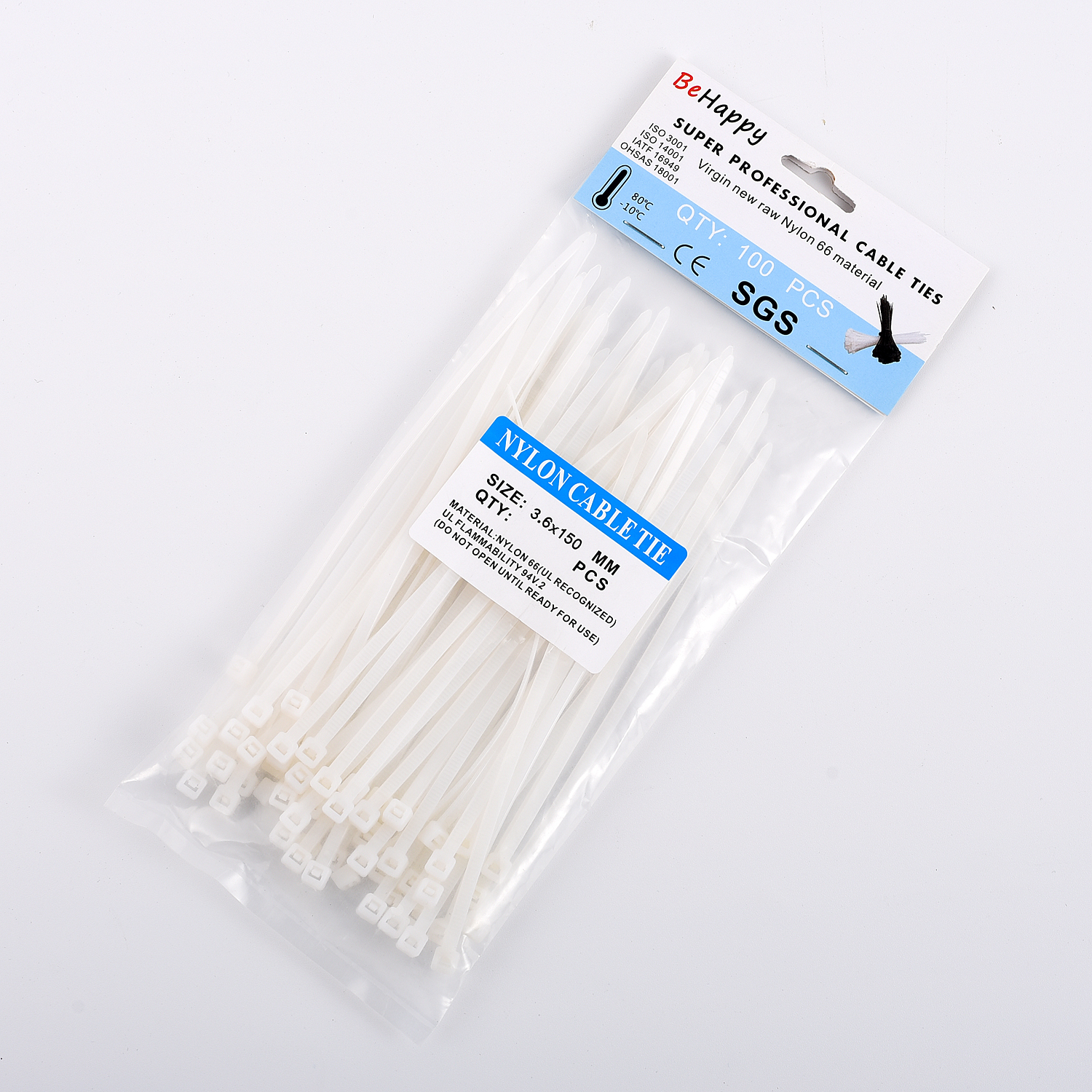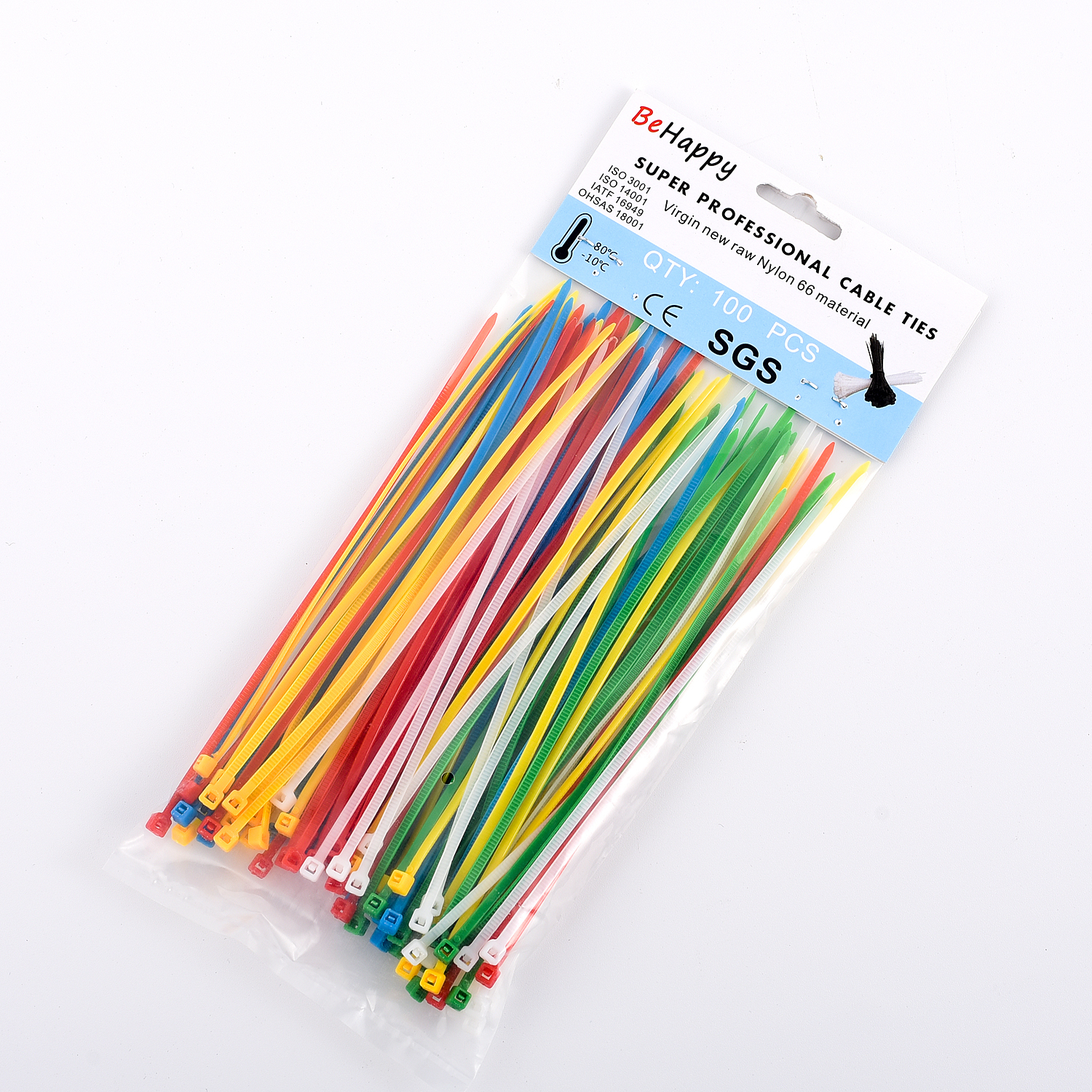Spring planting is about to begin, and many farmers are very concerned about how to prepare land, ridge, fertilize, spray, etc., and give the following suggestions for these problems:
1. How to ridge?
In the early spring, the ridges are ploughed, and when the soil layer is frozen 10 to 15 cm, the gullies in the middle of the two small ridges are flattened by a puller, and then the shovel is prevented from being smashed once, and the ridges are not allowed to pass through the ridges to prevent the dry soil from appearing. If you take two ridges at a time, remove the middle scorpion and you can make a big ridge. If you take three ridges at a time, remove the second and fourth squats, you can start with one and a half ridges, one for three rounds. Ridge.
2. Will the spring drought run away?
The first advantage of large ridges is to ensure water retention, and the middle ditch can reduce 50% of furrows, that is, reduce soil erosion by 50%, increase water storage by 30%, and ensure the water supply of pre-seed germination and seedling growth. When it is extremely dry, it can meet the water demand of corn for 3 months.
3. How to do stratified deep fertilization?
30% to 40% of the total fertilization of the acre is used as the base fertilizer and seed fertilizer. In the traditional four rounds, there is only one fertilization hook. After the large ridge is changed, the amount of fertilizer is increased. The planter ran a sip of the bottom fertilizer, adjusted the fertilization hook down to 20 cm to achieve deep fertilization, and the second seed fertilizer together, and adjusted the fertilization hook to 3-10 cm layered deep fertilization to prevent burning seedlings.
4. How to topdress?
Before the ridge is closed, 60%~70% of the total fertilization of the acre is applied to the inner side of the two rows of corn in the ridge, 10-15 cm from the root to prevent the root from being pulled, and the depth of the ditch is 8-12 cm. Install two chain iron plates behind the opener on the original top dresser to flatten the fertilization ditch to prevent moisture and nutrient loss. It is recommended not to chase urea alone, in case the corn is long, the resistance is weak and easy to fall, and the compound fertilizer can be added appropriately to achieve the purpose of balanced fertilization.
5. Provide 3 spray plans for different farmers:
1) Farmers with less land can use electric sprayers. People can spray about 30 mu of land a day. It can be used for 6-8 hours. The artificial spraying is less affected by rainfall, which is the best choice for less farmers.
2) Farmers with more land can install a 1.8-meter bracket on their four-wheel sprayer, rack the entire sprayer, and install the sprayer to one side for side-spraying operation, which can reduce the number of working lanes. Spray 10 to 15 ridges.
3) Large-scale landlords can purchase three- or four-wheeled overhead spray machines, which can not only be used by themselves but also to other farmers to make money.
Cable tie is used to tie things together. According to the material, it can be divided into nylon cable ties, stainless steel cable ties, plastic-sprayed stainless steel cable ties, etc.; according to the function, it can also be divided into ordinary cable ties, retractable cable ties, label cable ties, heavy tension cable tie, etc. The cable tie is made of UL-approved nylon 66 material with a fire rating of 94V-2. It has the characteristics of acid resistance, corrosion resistance, good insulation, resistance to aging, light weight, safety, non-toxicity, and strong durability. Operating temperature is minus 40 to 90 degrees.



Cable Tie,Nylon Cable Tie,Plastic Cable Tie,Pound Zip Cable Ties
Behappy Crafts (suzhou)Co.,Ltd , https://www.haoyuebehappy.com